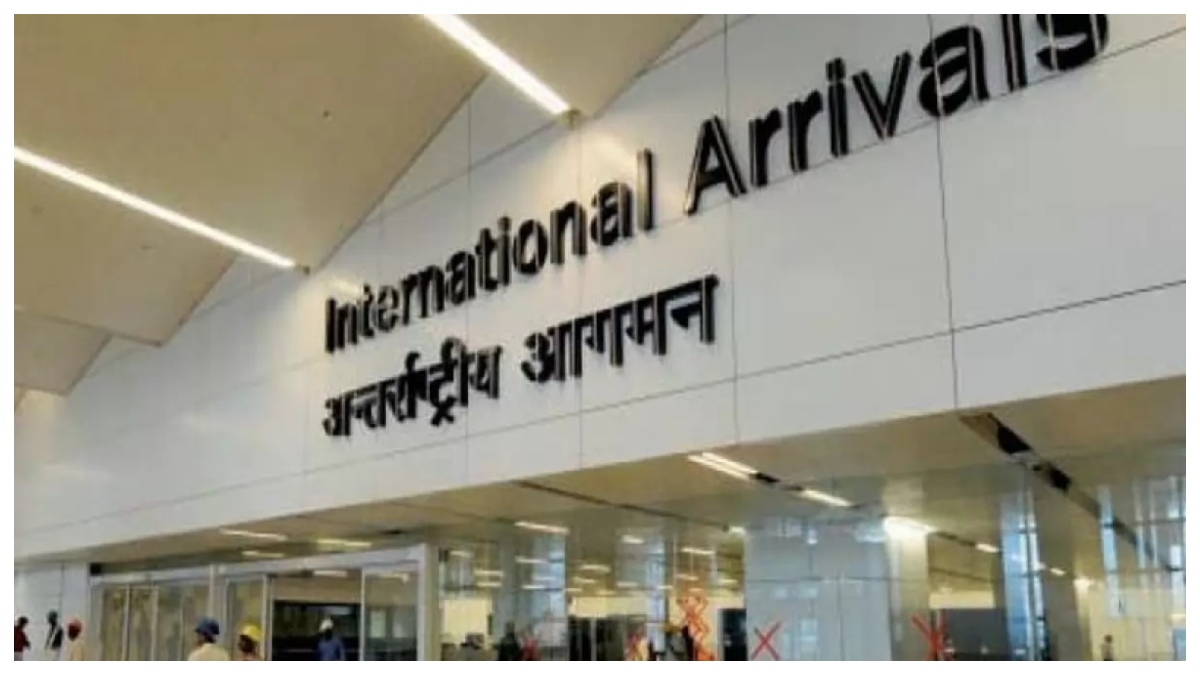Indira Gandhi International Airport (IGIA) has become the first airport in the country to feature four runways and Eastern Cross Taxiways (ECT). The fourth runway and dual ECT, also known as elevated taxiways, were inaugurated at Delhi airport. This development will significantly increase the capacity and operational efficiency of the largest airport in India. It is projected that the airport will be able to handle 109 million passengers annually in the near future.
The civil aviation minister, Jyotiraditya Scindia, expressed his enthusiasm for the growth of the country's civil aviation sector, stating that it is at an inflection point and entering a phase of expansion. Currently, the airport handles around 1,500 aircraft movements every day. With the addition of the fourth runway and ongoing terminal expansion, Scindia announced that Delhi airport's passenger capacity will increase from 70 million to 109 million per year, surpassing even the capabilities of Atlanta airport.
The introduction of the fourth runway will enable the airport to accommodate more flights, increasing the capacity throughput from the current 1,400 to 2,000 aircraft movements. Scindia emphasised the rising demand for air travel, citing a nearly 19 per cent year-on-year increase in domestic air passenger traffic in June, reaching approximately 125 million.
With the operationalisation of the ECT, the taxiing time for planes will be reduced from around 20 minutes to 10-12 minutes. Scindia highlighted the unique feature of the ECT, mentioning that planes will taxi on the elevated taxiways while vehicles move on the road below. The ECT is designed to accommodate two wide-body planes, such as the A380 and B777, simultaneously.
The fourth runway's operationalisation was commemorated with a ceremonial water cannon salute given to an Air India plane, marking its departure from Delhi to Srinagar (Flight AI 821). IGIA is operated by the Delhi International Airport (DIAL), led by GMR Airports Infrastructure.
GM Rao, Chairman of the GMR Group, praised IGIA as the largest airport in India, serving approximately 70 million passengers annually. He emphasised that the fourth runway and ECT will significantly enhance operational efficiency and increase capacity.
IGIA currently consists of three terminals (T1, T2, and T3) and four runways (RW 09/27, RW 11R/29L, RW 10/28, and RW 11L/29R). It was announced that once the fourth runway becomes operational, the third runway (RW 11R/29L) will undergo maintenance work and be temporarily closed.
Scindia outlined the GMR Group's next challenge of making the fourth terminal operational by October to meet the upcoming rush season. The aim is to create an international hub by seamlessly connecting T1, T2, T3, and T4, facilitating smooth travel transitions between domestic and international flights.
The ECT, spanning 2.1 kilometers, will reduce the time spent on the tarmac for passengers before take-off and after landing. It will connect the northern and southern airfields on the eastern side of the airport, reducing the taxiing distance by seven kilometers. The dual-lane ECT is designed to accommodate wide-body aircraft, including the A380, B777, and B747. The lanes are 44 meters wide, with a 47-meter gap between them, allowing for simultaneous passage of two aircraft.
According to DIAL, the ECT is estimated to save approximately 350 kilograms of fuel per taxiing aircraft from RW 29R to Terminal 1 and vice versa. This translates into a reduction of nearly 1,114 kilograms of CO2 emissions per aircraft, amounting to an annual reduction of approximately 55,000 tonnes of CO2 emissions from aircraft.
Scindia also highlighted the remarkable growth of India's civil aviation sector in the past nine years, with the fleet capacity of domestic airlines increasing from 400 to 720 planes, passenger handling capacity rising from 60 million to 145 million, and the number of airports doubling to 148. He projected that the number of airports, heliports, and waterdromes in the country will further increase to 220. With significant plane orders from Air India, IndiGo, and new airlines like Akasa Air, Scindia predicted that the fleet size in India will reach 1,500 planes in the near future.
Furthermore, Scindia expects the annual passenger handling capacity of airports to rise to nearly 420 million by 2030, compared to the current level of 145 million.





















